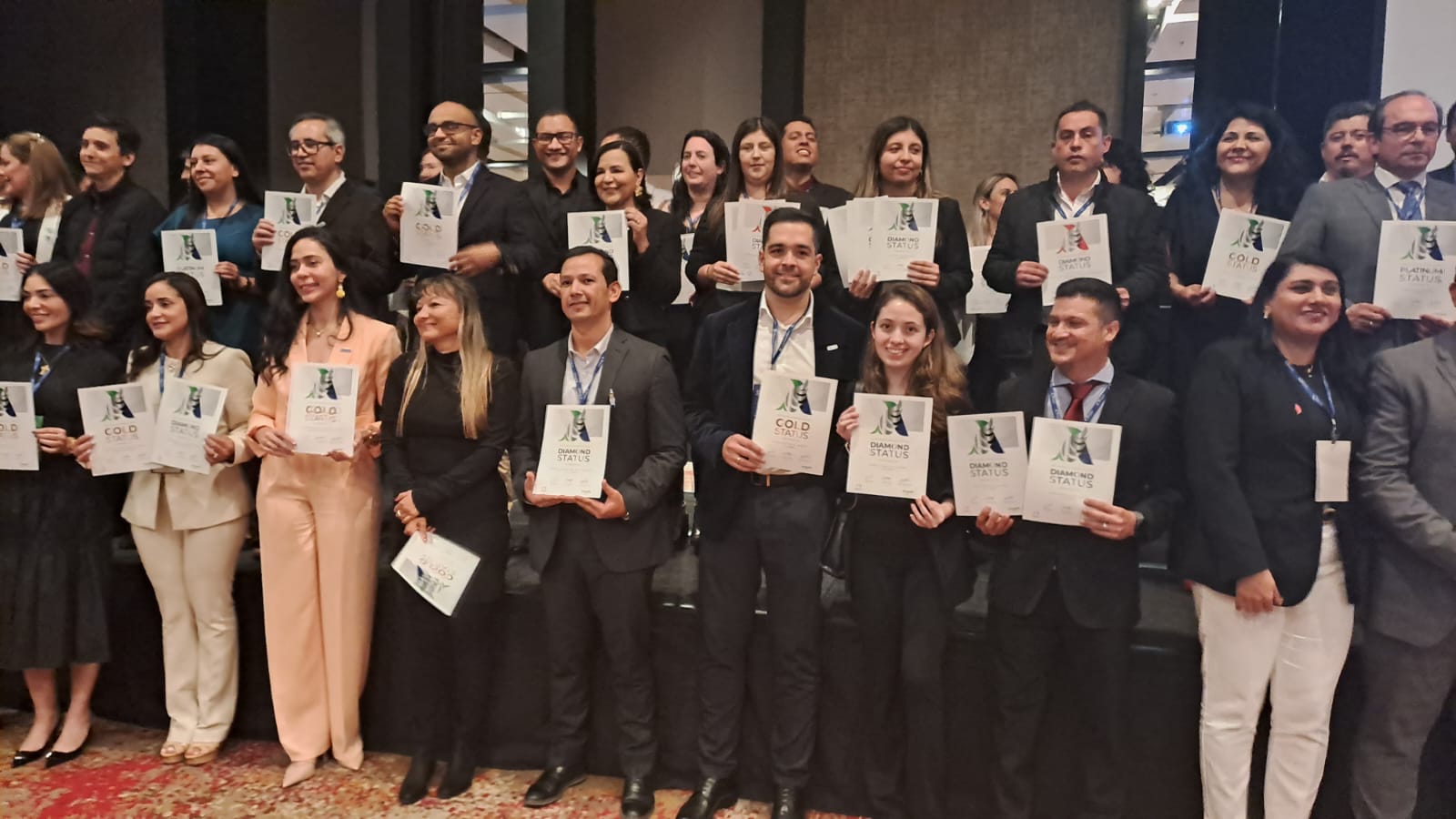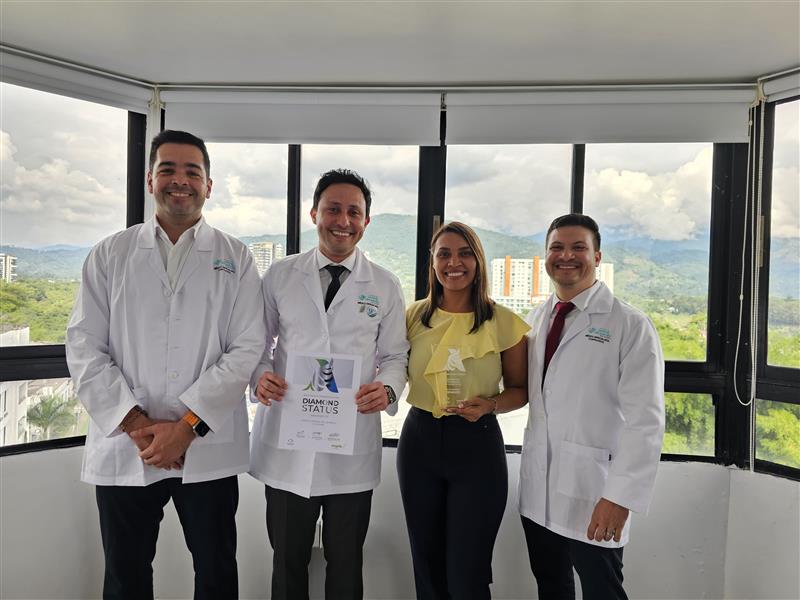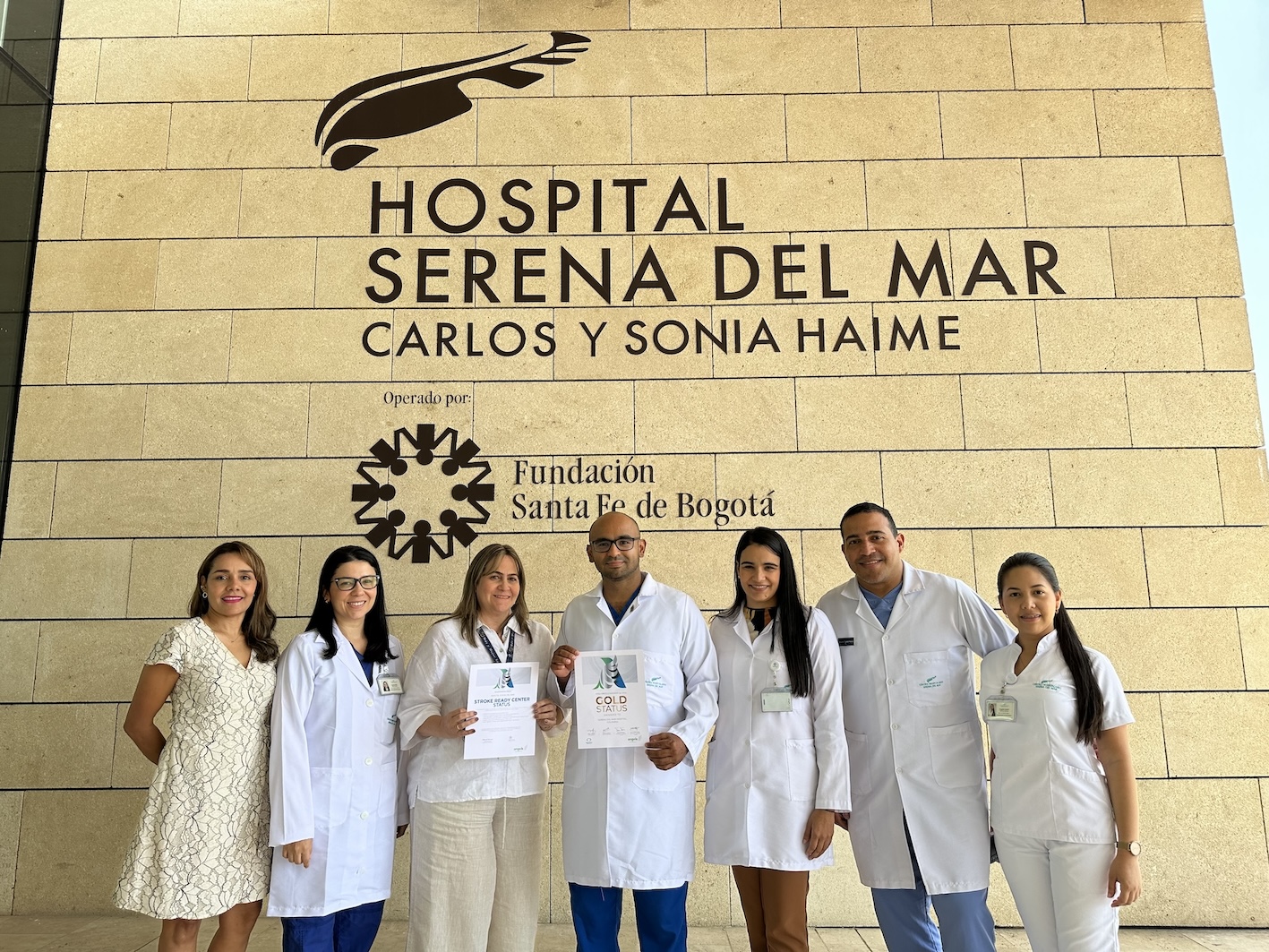전 동료가 뇌졸중을 겪고 제때 치료를 받지 못했을 때, 코르도바의 Hospital Cruz Roja는 전환점이었습니다. 해당 지역에서 뇌졸중 네트워크 합류하기 위한 그들의 여정은 Angels 컨설턴트 Alicia Arjona와의 통화로 시작되었습니다...
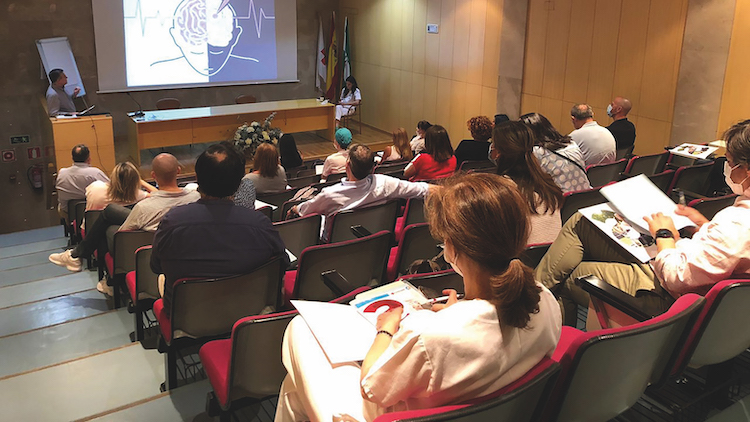
병원에서 일 한다는 것은 매일 모든 종류의 증상과 질병을 가진 환자를 진료 한다는 것을 의미합니다. 팬데믹으로 인해 훨씬 더 많은 환자들이 입원했으며, 많은 환자들은 살 수 없었습니다. 그러나 환자가 특이한 유형의 뇌졸중으로 병원에 내원하는 경우 어떻게 합니까? 귀하의 병원이 그러한 환자를 진단하고 효과적으로 치료할 준비가 되어 있지 않다면 어떻게 해야 합니까?
더 나쁘지만, 예를 들어 이 환자가 동료처럼 개인적으로 아는 사람이라면 어떻게 해야 합니까? 이 경험이 여러분의 정신을 깨트리거나, 변화를 가져오도록 동기를 부여할 것입니까? 코르도바의 Hospital Cruz Roja(HCRC)의 경우, 이 경험은 새로운 시작으로 이어졌습니다.
최근 은퇴한 병원의 의사가 응급실에 들어와 몇 시간 동안 몸 상태가 좋지 않았다고 보고했습니다. 의사들은 흔한 뇌졸중 유사 증상인 현기증의 증상을 이전 심방세동 병력과 관련이 있는 것으로 오해합니다. 그는 모니터링과 치료를 받기 위해 병원에 머물렀습니다. 나중에 걸으려고 할 때 넘어졌을 때, 그들은 그를 CT실로 데려가 뇌경색을 발견했습니다. 그때까지는 안타깝게도 뇌졸중에 대항하는 일을 하기에는 너무 늦었습니다.
코르도바와 안달루시아 전체의 뇌졸중 코드는 뇌졸중을 뇌졸중 네트워크에 속한 공립병원에서 치료할 것을 명시하고 있습니다. 코르도바는 이러한 병원 중 한 곳인 종합 센터가 있으며, 코르도바의 다른 병원들이 뇌졸중 환자를 받는 경우에는 CT 스캔을 종합 센터에 보내 추가 지침과 이송을 요청합니다.
그러나 코르도바는 인구가 많은 큰 도시로, 뇌졸중 센터가 단 하나뿐입니다. 그렇기 때문에, 팬데믹의 한가운데 있음에도 불구하고, Dr Noelia Munoz의 집중 치료실 책임자와 HCRC의 Dr Roberto Valverde의 신경과 책임자가 뇌졸중 환자 치료를 시작하고 공식 뇌졸중 코드를 시행하기로 결정했습니다.
그들은 프로토콜에서 구현할 해결법과 다음 단계를 브레인스토밍하기 위해 해당 지역의 엔젤스 컨설턴트인 Alicia Arjona를 초대하였습니다. 이어서 역할과 상관없이 모든 의료진을 모아 목표를 발표하였습니다. 곧 새로운 환자 집단이 도착하는데, 모두 뇌졸중을 인식하고 진행 방법을 아는 데 필수 정보를 갖추어야 한다는 목표였습니다.
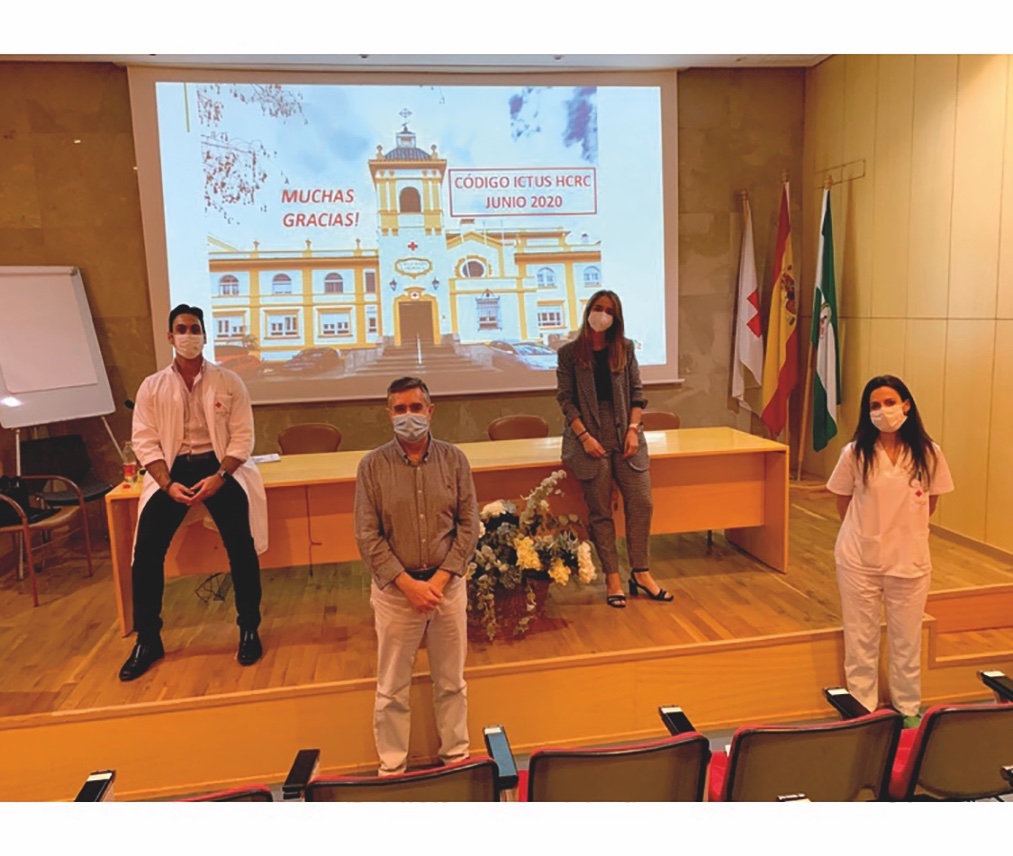 뇌 팀이라는 다학제 실무 그룹이 생성되었습니다. "그들은 뇌졸중 치료에서 팀워크의 힘을 진정으로 이해했습니다."라고 Alicia Arjona는 말합니다. "그들은 뇌졸중 경로 및 교육 개발에 병원의 모든 사람들을 포함시켰습니다. 그리고 팀은 모든 사람이 이 여정의 필수적인 부분임을 이해하도록 노력했습니다."
뇌 팀이라는 다학제 실무 그룹이 생성되었습니다. "그들은 뇌졸중 치료에서 팀워크의 힘을 진정으로 이해했습니다."라고 Alicia Arjona는 말합니다. "그들은 뇌졸중 경로 및 교육 개발에 병원의 모든 사람들을 포함시켰습니다. 그리고 팀은 모든 사람이 이 여정의 필수적인 부분임을 이해하도록 노력했습니다."
팀은 개선과 협력 정신을 개발했습니다. Munoz 박사와 Valverde 박사는 위생 및 사회적 거리두기 규칙을 위반하지 않고 모든 사람이 참여할 수 있는 교육을 신중하게 조직했습니다.
5월에 며칠 동안, 이들은 직원들에게 적절한 분류, 초급성기, NIHSS 신경학적 평가, 급성기 후기 치료의 모범 사례를 교육했습니다. 이들은 25분 DTN 시간의 도전적인 목표를 선택했으며, 데이터를 기록하기 위해 헬싱키 포스터를 마련했고, 임상시험 프로토콜의 일부로 체크리스트 사용을 확립했습니다.
또한 Angels 협력하여 두 가지 시나리오, 즉 EMS와 관련된 Covid-19-negative 뇌졸중 환자와 스스로 병원에 도착한 Covid-19-suspected 뇌졸중 환자로 구성된 시뮬레이션을 실행했습니다.
올해 5월까지 Hospital Cruz Roja는 이미 첫 10명의 급성 뇌졸중 환자를 성공적으로 치료했습니다. 치료는 뇌졸중 백을 준비한 상태에서 CT실에서 이루어지며, 뇌졸중팀 전체는 정기적으로 품질 모니터링 회의를 예약하여 장벽을 식별하고 지속적으로 개선합니다.
COVID-19 환자 수가 많아 뇌졸중 전문 병동에 병상을 배정할 수 없기 때문에 뇌졸중 환자들은 여전히 중환자실에 입원하고 있습니다. 그러나 그들의 목표는 여전히 병상을 배정하는 것이기 때문에 팬데믹이 나아지는 즉시 시행할 준비가 되어 있습니다.
뇌졸중 환자를 위한 더 나은 결과를 위해 병원의 포터, 응급실 의사, ICU 의사, EMS, 간호사, 신경과 전문의, 환자 데이터 관리자 및 방사선과 의사 간의 연관성이 강화되었을 뿐만 아니라, 병원은 Angels 이념을 채택하고 지역사회의 중요성을 이해했습니다. 그들의 이야기를 공유함으로써 그들은 다른 사람들에게 뇌졸중 환자를 치료할 수 있는 자신감을 주고자 하며, 그들이 자신의 단계를 따르도록 장려하고자 합니다.
Dr Noelia Munoz는 다음과 같이 말합니다: "좋은 것이 더 좋고 좋은 것이 최고가 될 때까지 문화적 변화를 구현하는 Angels. 사슬은 가장 약한 연결 고리만큼 강합니다... 병원에서 뇌졸중 환자의 관리 및 치료 사슬입니다.
"우리는 생존 사슬을 굳게 믿습니다. 이는 적절하게 실행된 일련의 조치를 말하며, 사람들이 수행하는 이러한 시간에 민감한 개입과 관련된 사망률을 줄입니다. 이 생존에 삶의 질이 포함되도록 이를 최대화하고 최적화해야 한다.
"우리는 환자의 일상 생활에 감사를 표합니다. 뇌졸중 환자를 구하는 것 이상으로 우리의 삶을 바꿀 기회를 준 것은 뇌졸중 환자였습니다. 우리는 이제 그 [환자] 덕분에 이 놀라운 프로젝트에 참여하고 있습니다.”

